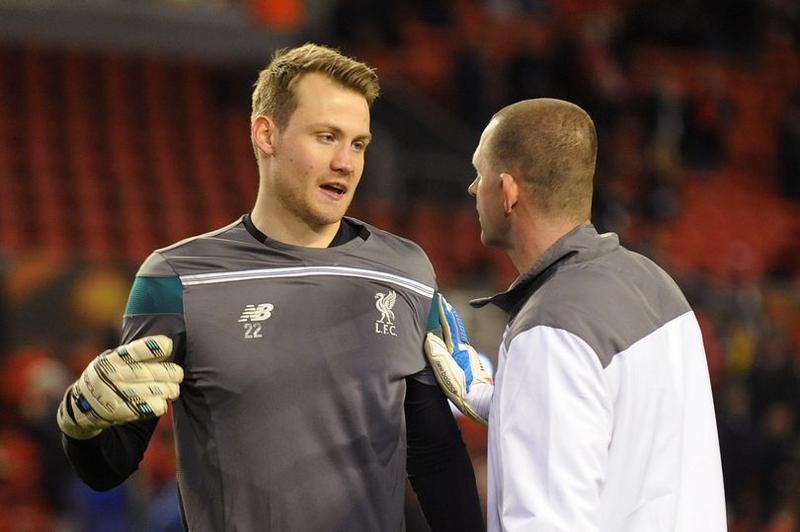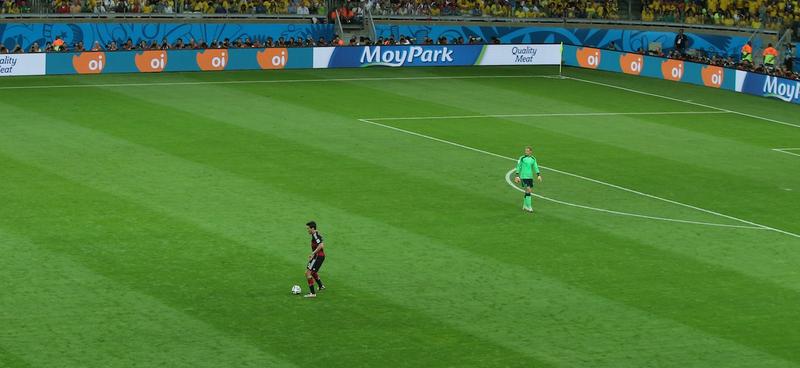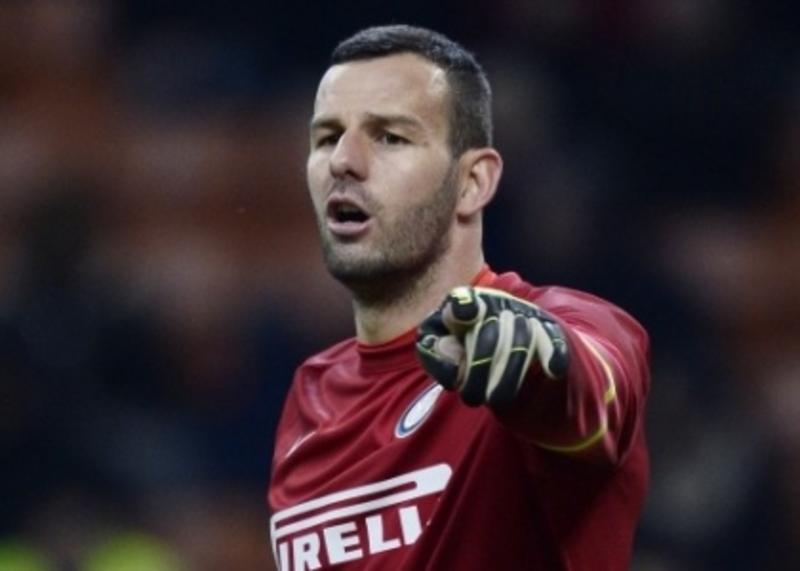Simple Exercises for a Goalkeeper to Become Comfortable Using Both Feet
One of the area’s that I find to be a weaker area in goalkeeping for our youth goalkeepers is the ability to strike balls with either foot and the ability to adequately deal with back passes. Often time when I conduct clinics or camps, I find that the goalkeepers just aren’t comfortable striking balls over distance or keeping possession for their team under pressure. This is an area in goalkeeping that I feel is overlooked by head coaches and goalkeeper coaches. In the following article, I have come up with a few ideas and exercises that can help goalkeepers improve their ability to play balls with their feet and deal properly with back passes.
1) Play in 4v4 and small-sided games as much as possible. This is a basic activity you can do as a goalkeeper that is as close to actually being in a full game and using your feet like a field player. Any chance you get to jump in small-sided games with the rest of your team will help improve your field skills. Depending on how the game is set up, you will most likely be playing in smaller spaces with increased pressure and less time on the ball. This will challenge you to play quicker and more accurately and thus improve your foot skills. Concentrate in this setting on having your head up and looking before you receive the ball, the quality of your first touch away from pressure, the pace and accuracy of your pass, and supporting your pass immediately. 4v4 or 5v5 is always a fun and simple way to improve your field skills!
2) Grab another goalkeeper or field player and strike longer balls over a zone to each other. This can be set up by simply dropping 2 lines of cones down about 25-30 yards away from each other. Each of you should stand behind the line of cones and face each other. You can start off hitting a stationary ball and focusing on dropping a ball into your teammates’ hands(or off their chest if they are a field player) in the next zone. The ball should be in the air and clear the zone. Focus on the angle that you approach the ball, hitting through the center of the ball, leaning back, getting underneath the ball, and following through straight at your teammate. This will improve your goal kicks and technical ability.
Once you are consistently hitting good stationary balls, you can do the same exercise, but the ball must be moving. Roll the ball from your hands and hit a moving ball. This will replicate a back pass and be more challenging. Lastly, try to connect with your partner as many passes as you can in 1 minute. Adding the pressure of time and having to hit a moving ball will make this exercise more challenging and game-like. Then move on to doing the same thing with your left foot.
3) Juggling a soccer ball on your own or with a partner. This simple exercise can be done before or after practice. Juggling is a good way to build comfort on the ball and improve your first touch and ability to receive balls. Start off by using your feet only where you have 1 bounce before each touch. Focus on taking little touches with your laces of your foot, hitting through the center of the ball, keeping the ball straight off your foot, and building comfort on the ball with little touches. Then, move on to juggling with any body part without a bounce- keep the ball up in the air with your juggling ability. Another way to challenge yourself if to see if you can strike the ball a little bit higher in the air above your head, then control it with your feet or thighs as it is coming down, then pop it back up again. Repeat this over and over again…small little touches, one big touch up high, and settle with your control and first touch. Lastly, juggle with your other goalkeeper or another teammate. Start off by taking two touches, one to control and one to play back a pass to your teammate. Keep the ball up in the air between the two of you. Next, take 4 touches, 3 to control, and 1 to play to your teammate. Use all body parts this time.
Juggling is a fun and easy way to build comfort on the ball and improve receiving balls.
There are many different aspects that help you become the best goalkeeper you can be. Having great footskills- the ability to receive back passes and be able to strike a ball accurately and quickly is important for any goalkeeper, especially at the higher levels of the game. Don’t neglect this area of goalkeeping and find time in your training regimen to add exercises like the ones above. Have fun!
The Dave Bucciero Goalkeeper Camp will take place on the campus of Boston University. For more information, please go to www.davebucciero.com. (Note from keeperstop.com - great day camp for keepers in and around Boston)
date: Oct. 03, 2013







